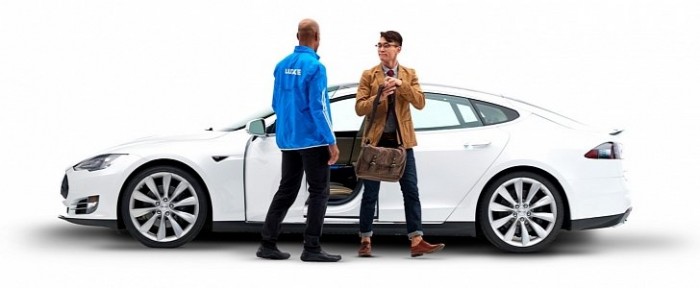Lease vs Loan Tesla: Which Financing Option is Right for You?
#### Lease vs Loan TeslaWhen considering the purchase or financing of a Tesla, potential buyers often find themselves at a crossroads: should they lease or……
#### Lease vs Loan Tesla
When considering the purchase or financing of a Tesla, potential buyers often find themselves at a crossroads: should they lease or take out a loan? Understanding the differences between these two financing options is crucial in making an informed decision that aligns with your financial situation and driving preferences. In this article, we will explore the advantages and disadvantages of leasing versus financing a Tesla through a loan, helping you determine which option is best for you.
#### What is Leasing?
Leasing a Tesla involves renting the vehicle for a predetermined period, typically ranging from two to four years. During this time, you make monthly payments based on the vehicle's depreciation and the agreed-upon mileage limit. At the end of the lease term, you return the car to the dealership and have the option to either lease a new model or purchase the vehicle at its residual value.
**Advantages of Leasing:**
1. **Lower Monthly Payments**: Lease payments are generally lower than loan payments, making it easier to drive a Tesla with a lower upfront financial commitment.
2. **Access to New Technology**: Leasing allows you to drive a new Tesla every few years, ensuring you have access to the latest features and technology.
3. **Warranty Coverage**: Most leases align with the vehicle's warranty period, meaning you won't have to worry about significant repair costs.

**Disadvantages of Leasing:**
1. **Mileage Limits**: Leases often come with mileage restrictions, and exceeding these limits can result in costly penalties.
2. **No Ownership**: At the end of the lease, you do not own the vehicle and must return it, which may not appeal to those who prefer long-term ownership.
3. **Customization Restrictions**: Leased vehicles typically cannot be modified, limiting personalization options.
#### What is a Loan?
Taking out a loan to purchase a Tesla means you are financing the entire cost of the vehicle. You will make monthly payments over a set term, usually ranging from three to seven years, until the loan is paid off. Once the loan is paid, you own the car outright and can keep it for as long as you want.

**Advantages of a Loan:**
1. **Ownership**: Once the loan is paid off, you own the vehicle outright, giving you the freedom to keep it as long as you desire.
2. **No Mileage Restrictions**: Unlike leasing, there are no mileage limits, making it ideal for those who drive long distances.
3. **Customization Freedom**: As an owner, you can modify and customize your Tesla to your liking.
**Disadvantages of a Loan:**
1. **Higher Monthly Payments**: Loan payments are typically higher than lease payments, which can strain your budget.

2. **Depreciation**: The vehicle will depreciate in value over time, which can be a concern if you plan to sell it later.
3. **Maintenance Costs**: After the warranty expires, you will be responsible for all maintenance and repair costs.
#### Conclusion: Which Option is Right for You?
Choosing between leasing and financing a Tesla ultimately depends on your individual needs and financial situation. If you prefer lower monthly payments, access to the latest technology, and don’t mind not owning the vehicle, leasing may be the better option. However, if you value ownership, flexibility in mileage, and the ability to customize your vehicle, a loan could be the way to go.
Before making a decision, it’s essential to evaluate your driving habits, financial goals, and personal preferences. Consider consulting with a financial advisor or a Tesla specialist to discuss your options in detail. By doing so, you can ensure that you make the best choice for your lifestyle and budget.